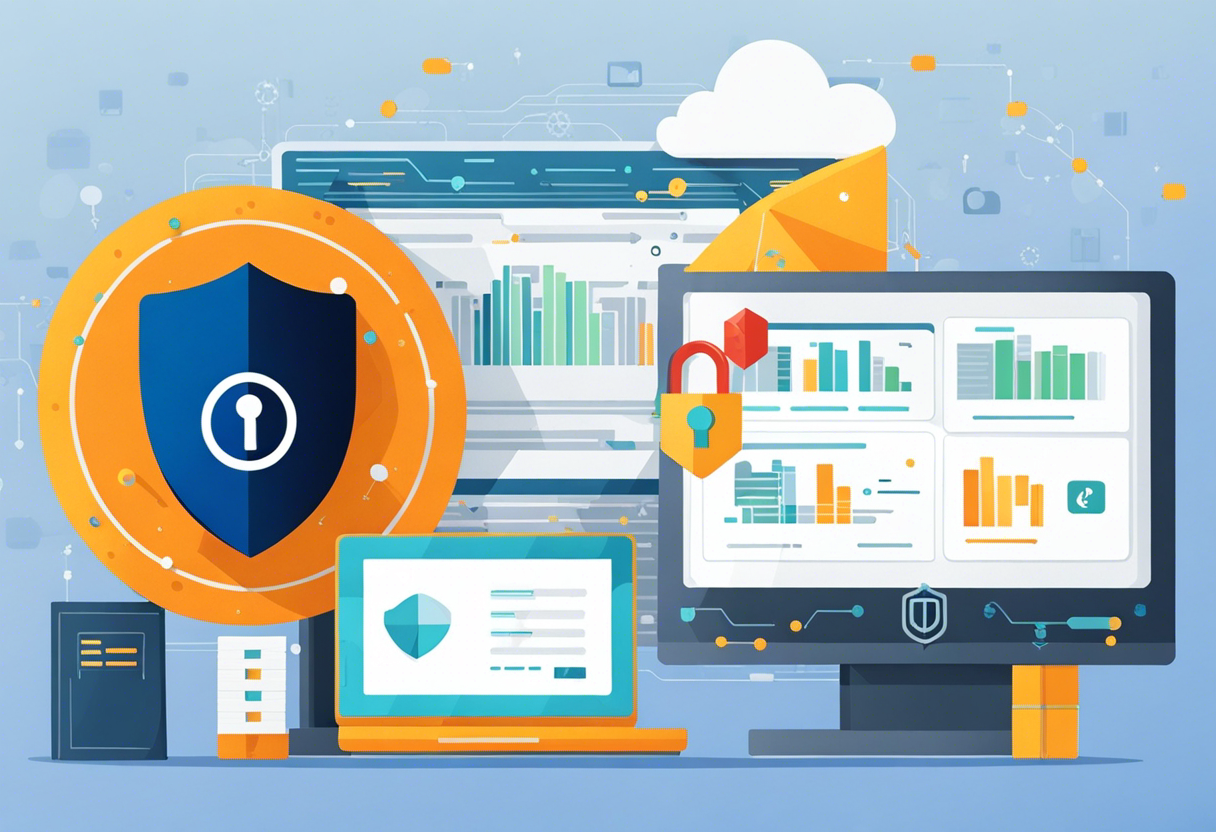Cracking the Code of Cybersecurity in the Cloud for Robust and Reliable Data Protection
Recognizing the buzz around data and its privacy, it's fitting to begin our exploration with the most fundamental aspect of cybersecurity in the cloud - the infrastructure. Cloud security infrastructure constitutes the foundation of any attempt to provide robust and reliable data protection. The reason? It contains all the built-in security controls, operating systems, and protocols designed to prevent unauthorized access.
Being vigilant against threats requires advanced intruder detection systems (IDS). IDS are instrumental in identifying abnormal patterns or signs of a security breach in the cloud. Detection in real-time allows for immediate action besides creating an audit trail for future investigations, providing added layers to cybersecurity fortification.
Solutions like Security-as-a-Service (SECaaS) can be implemented, providing enterprises with comprehensive, round-the-clock, cyber threat hunting. By outsourcing security needs, businesses can focus on their growth while ensuring strengthened security against possible cyber attacks.
The necessity then becomes to select a cloud service provider offering a rich set of security features - from robust encryption and security certifications to regular audits.
Exploring Efficient Data Encryption and Decryption

Safeguarding sensitive information is a critical element in cloud cybersecurity - hence the role of data encryption. Data encryption converts valuable information into non-readable formats. It is during this conversion process that security keys are used; these keys are then required to translate back the encoded data into a readable format.
One key to achieving optimal encryption is choosing the right cryptographic algorithm. AES (Advanced Encryption Standard) with a 256-bit key is a popular choice due to its high level of security.
Cloud platforms must also provide means for secure key management. A popular method to achieve this is by utilizing Key Management Services (KMS), which store, manage, and rotate your cryptographic keys, reducing the risk of loss or theft.
Last but not least, to ensure data integrity, enterprises can opt for Hashing or Message Digest. These are one-way functions that generate unique values for unique inputs, helping detect any alterations in data.